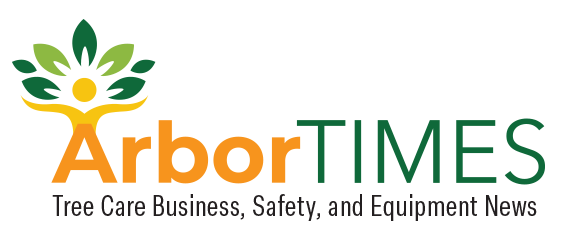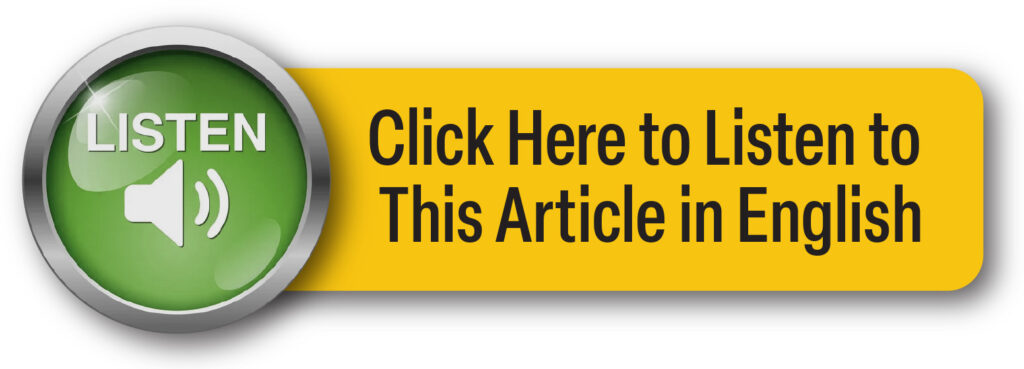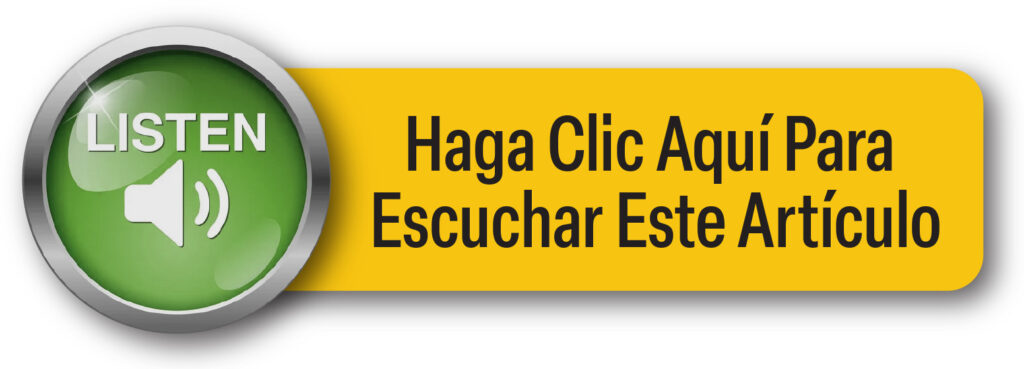PPE’s Role In Preventing Injuries
Este es nuestro intento de convertir las historias en audio español usando Inteligencia Artificial. Aún así le recomendamos que reconfirme ciertas palabras clave y temas. ArborTIMES no garantiza ni se responsabiliza de la conversión del inglés al español de los relatos.
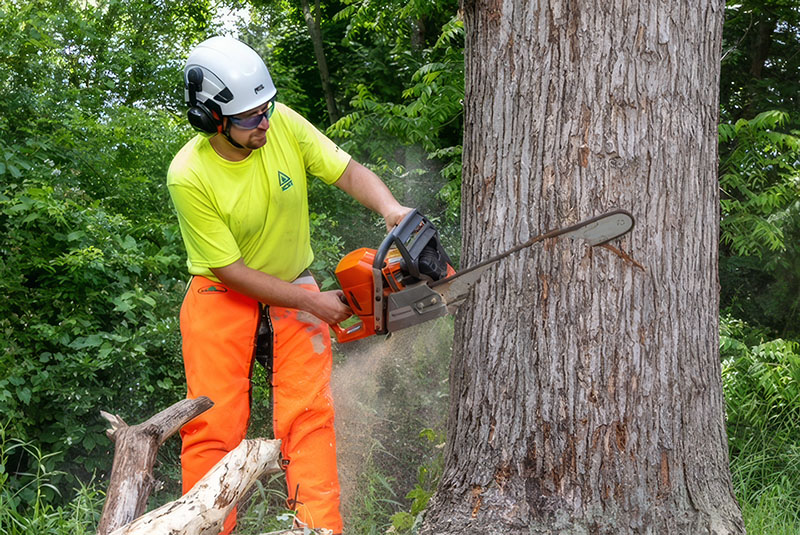
According to the U.S. Bureau of Labor Statistics, 2.8 million nonfatal workplace injuries and illnesses occurred in 2022 — a 7.5 percent increase from 2021. When it comes to injury prevention, what better way to stay safe on the job than by using the proper personal protective equipment (PPE)?
As an ACRT arborist training instructor, I teach students the importance of being safer — something to keep top of mind at home and in the workplace — so they are confident in their ability to work in a safety-conscious environment.
We work in a hazardous industry. Each of us needs to do our part to make sure everyone makes it home at the end of the day — including wearing our PPE properly.
The PPE for tree climbers and others in our industry has changed a great deal over the last 20 years and continues to do so.
This protective equipment should always be worn while on the job site — much like we wear a seatbelt while in our cars. You never know when and where an incident will occur where PPE will be needed.
Tree climbing is a very difficult job that usually results in a dirty, sweaty, and frustrated employee. This is often a reason employees take shortcuts and fail to fully comply with standards and company policies regarding PPE. For this reason and others, manufacturers of PPE for arborists have designed many different styles of PPE specific to tree climbers.
Hard hats
It’s important to wear a hard hat during any arboriculture-related operation — whether you’re on the ground or in a tree. When working in a tree, chances are, a standard full-brim hard hat won’t stay on long without a chin strap. For that reason, many hard hats come with a built-in chin strap.
Remember to inspect your hard hat regularly. Look for things such as discoloration and cracks, then conduct a mechanical inspection or a flex test by squeezing on both sides. If a hard hat is safe enough to use, it will return to its original shape.
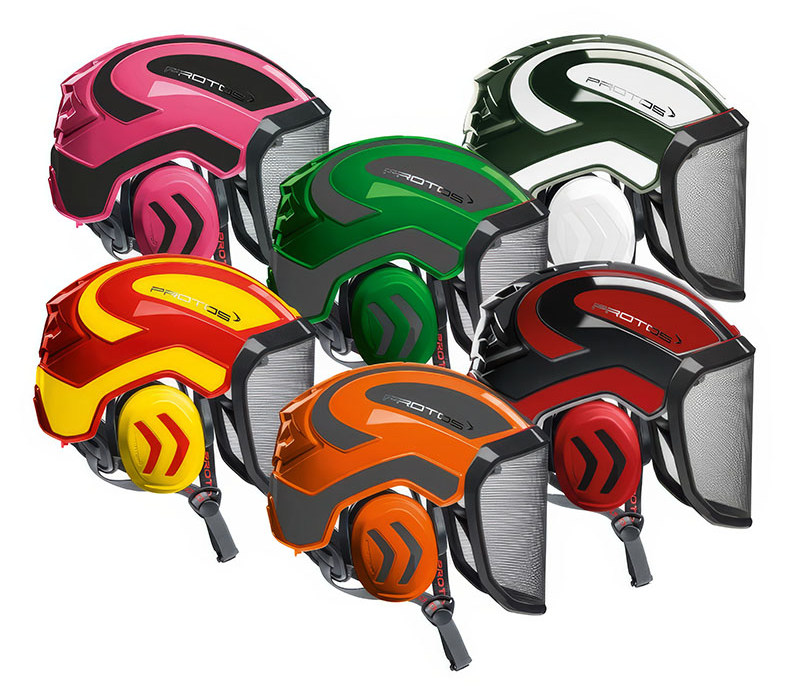
Ear protection
It’s critical to protect your ears while operating equipment that produces noise louder than 85 decibels. There are many options when it comes to proper ear protection, but you’re more likely to use the earmuffs that are mounted on your hard hat rather than forgetting to put in earplugs. Some safety helmets, such as the Pfanner Protos® have earmuffs designed to slide into the hard hat to prevent them from falling out or getting snagged on a twig.
Eye protection
It doesn’t take long for standard eye protection on tree climbers to get dirty, sweaty, and rendered completely useless. With the plain, clear safety glasses, when it’s humid out, there’s not enough heat in the air to dry the moisture off the glasses and you end up with foggy lenses.
Many styles have been created to prevent this from happening. An example is bug-eye-style eye protection, which uses a sturdy mesh screen rather than plastic. However, it should be noted that these types of glasses will not sufficiently protect against bloodborne pathogens and hydraulic fluids.
Several individuals wear prescription safety glasses. To know if your glasses are actual safety glasses and rated for eye protection, the inside of the frame or lens will say Z-87.
Many hard hats are also designed with a permanent face shield. However, many of these cannot be used as a replacement for eye protection because not all meet the safety standard requirements. The Pfanner Protos® also has optional eye protection you can purchase that slides up into the hard hat.
It’s important to note, many of the face shields mentioned meet the Occupational Safety and Health Administration (OSHA) requirements for face protection, but not eye protection. Eye protection is always required during arboricultural operations, while face protection is not always required.

Additional forms of protective equipment
Prevent cuts and scratches with gloves, ideally without a large cuff because when you chip and brush you want to avoid anything getting caught and pulled into the chipper. Instead, look for gloves that cinch around the wrist.
Chaps are useful far beyond the ranch. These protective garments secure your legs when working around chainsaws and should be constructed from cut-resistant material. Chainsaw pants are also growing in popularity throughout the arboricultural field and provide the same protection from a chainsaw incident as chaps but tend to be more breathable and comfortable. Although chaps and chainsaw pants aren’t required to be worn while in a tree by the ANSI Z133 Safety Standard, many companies have policies that require climbers to wear chaps or chainsaw pants when using a chainsaw in the tree.
Another important piece of equipment climbers need is reliable footwear. Aggressive traction on the sole, a taller heel, and a higher overall design will keep your feet and ankles protected while climbing, provide better overall grip, and more. A taller boot heel will hold gaffs in place better.
Whether you’re working remotely in the field, in a residential neighborhood, or in a more densely populated area, a proper safety vest is critical. It keeps you visible to drivers and equipment operators, identifies you when working with customers, and keeps you easy to spot when working in areas with heavy vegetation.
While there are endless makes and models of PPE for climbers, the most important part is that it fits and is worn properly.
Resources
U.S. Bureau of Labor Statistics. (2023, November 9). Employer-Reported Workplace Injuries and Illnesses – 2021-2022. U.S. Department of Labor.
About the author
Matthew Knull is an ISA-certified arborist, Certified Treecare Safety Professional, certified by (TCIA), and an Arborist Training Instructor with ACRT. He holds a Bachelor of Science degree in Forestry and Natural Resources from the University of Georgia.
